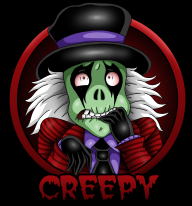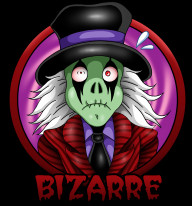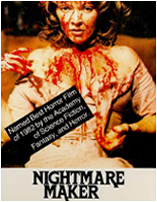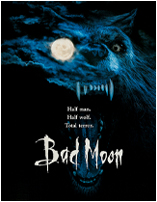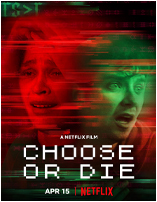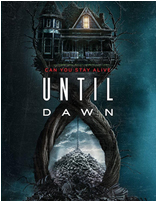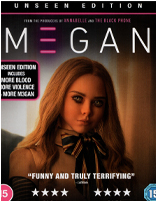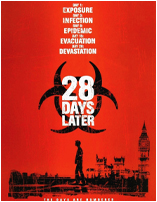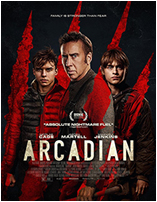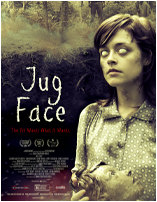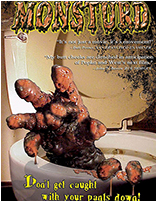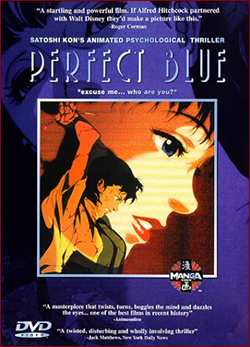 Mimarin Kirigoe is a J-Pop star who decides to leave her group (“Cham”) in order to pursue a life as an actress. But her life takes on a quick turn for the worse after this decision, and Mimarin starts losing her grip on reality. An online fansite of her appears, describing things from her life in such detail, and in such a personal way, that the only person who could know about these things is herself…and she is constantly confronted with sightings of her alter-ego: the Mimarin who wanted to remain a pop-star. While struggling with differentiating between fantasy and reality in her now paranoid existence, people around her gets murdered.
Mimarin Kirigoe is a J-Pop star who decides to leave her group (“Cham”) in order to pursue a life as an actress. But her life takes on a quick turn for the worse after this decision, and Mimarin starts losing her grip on reality. An online fansite of her appears, describing things from her life in such detail, and in such a personal way, that the only person who could know about these things is herself…and she is constantly confronted with sightings of her alter-ego: the Mimarin who wanted to remain a pop-star. While struggling with differentiating between fantasy and reality in her now paranoid existence, people around her gets murdered.
Perfect Blue is more or less what you would get if you decided to mix anime, David Lynch, Hitchcock, and a dose Dario Argento. The result is an animated psychological thriller that works incredibly well. You get your eyes as well as your brain cells stimulated, and you never know exactly which of Mimarin’s experiences are rooted in reality, and what happens only inside of her fragmented head.
Satoshi Kon (R.I.P.) knows how to build a story of this type, something he’s proven time and time again (like in Paprika, Paranoia Agent, Millennium Actress, etc.) Building a story where you’ll witness a character’s gradually broken psyche can easily be a difficult task, where you’re supposed to make it a bit confusing and mystical, while also making sure the viewer doesn’t get thrown off completely. The reason Satoshi Kon for the most part does this very well, is probably because he doesn’t seem to give a damn whether the viewer pays attention to everything or not. He’s got a story to tell, and he tells it the way he thinks best. If the viewer loses track, it’s due to not paying proper attention. When the director gives himself a free reign like that, he also avoids any tedious “spoon-feeding”. The result is a movie that is rare in many ways, and can be perceived as both exciting and surprising along the ride.
The violence is executed in a very effective way, and the animation (although it could be perceived by some as a little bit outdated today) is holding up to a good standard. Facial expressions, body language and movements look natural, and fits the situations the characters find themselves in. The music also fits very well, where you make transitions from the cheesy and lively J-Pop music from Cham, to the more action-filled and sometimes ominous music score in the other scenes. This makes the atmosphere successfully creepy.
When it comes to the movie’s conclusion, you may sit back with a feeling of thinking that this choice was a tad bit too easy. Not that the ending is predictable – far from it – but there’s something about the otherwise complexity of the rest of the movie that kind of warranted a bit more complex ending as well. Still, it’s at least good that the movie decided to let the viewer have a proper explanation without a lot of loose threads.
Simply put, Perfect Blue is a well done anime psycho-thriller that is likely to hold on to being a classic for a good time to come.


Director: Satoshi Kon
Original title: Pâfekuto burû
Country & year: Japan, 1994
Voice actors: Junko Iwao, Rica Matsumoto, Shinpachi Tsuji, Masaaki Ôkura, Yôsuke Akimoto, Yoku Shioya, Hideyuki Hori, Emi Shinohara, Masashi Ebara, Kiyoyuki Yanada, Tôru Furusawa, Shiho Niiyama, Emiko Furukawa, Aya Hara, Shin’ichirô Miki
IMDb: www.imdb.com/title/tt0156887/
![]()
